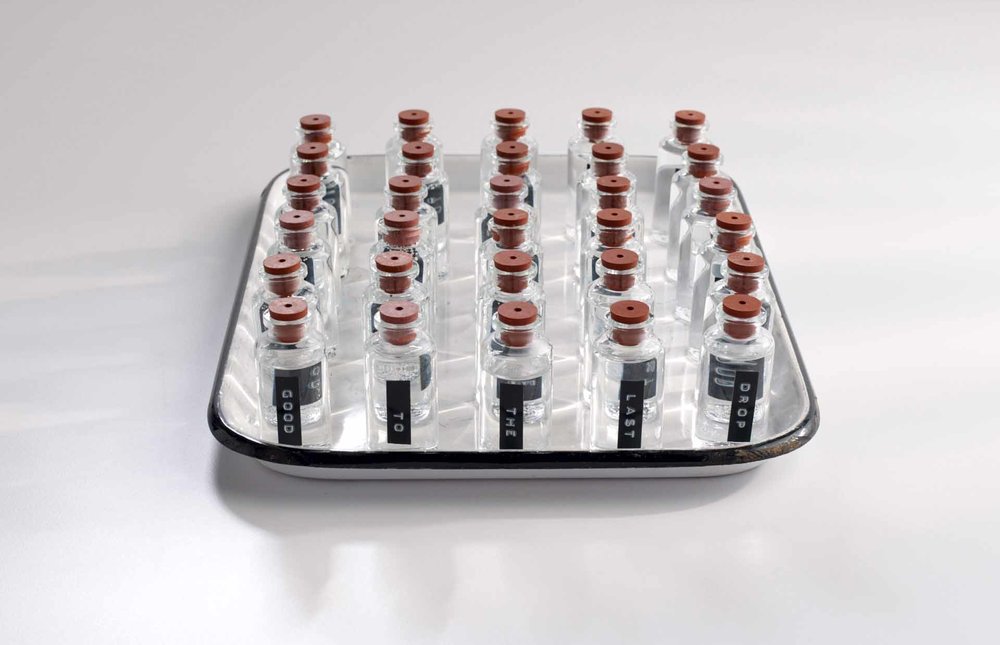art statement
Save the Indian Kill The Man: A Family Story
My Family is from the Bad River Band of Lake Superior Tribe of Chippewa Indians in Wisconsin. They "attended" the Carlisle Boarding School in Pennsylvania. The govt. policy “Kill the Indian, Save the Man” was implemented at boarding schools to assimilate Indigenous peoples and perpetrate cultural genocide. If a student deserted the school, handcuffs were used to capture the children. The children who escaped were labeled deserters. My Great Grandfather was the only member of the family to escape. His school records labeled him a deserter.
BOOZHOO! (Greetings)
Three simple words: Erasure, Visibility and Resilience
Today, in the face of growing intolerance and widening inequalities, my work focuses on creating social awareness of contemporary Indigenous issues such as: environmental justice, Tribal sovereignty, the commodifying and exploitation of Indigenous resources and the relationship to Missing and Murdered Indigenous Women, Girls and 2 Spirits (MMIWG2S). The core of my art addresses the impact of colonization on Indigenous erasure, visibility and resilience.
The work is layered with personal themes of exploring the aftermath of colonization on family history, self identity and trauma. Below the surface the work is rooted in grief tangled with joy. My intention is for the work to activate and indigenize spaces creating a visual physical manifestation of data that erases individuals.
Common threads running through the work investigate the relationship between objects as they relate to self-identity and body image. The intersection of ethnicity, gender, commerce, and the environment have influenced my art.
My approach to sculpture was about endurance but is now focused on resiliency and healing. The techniques are labor-intensive and process driven. It is my body reenacting blood memories of ceremonies grounded in repetition, movement and dance. It is through the repetition I find healing.

